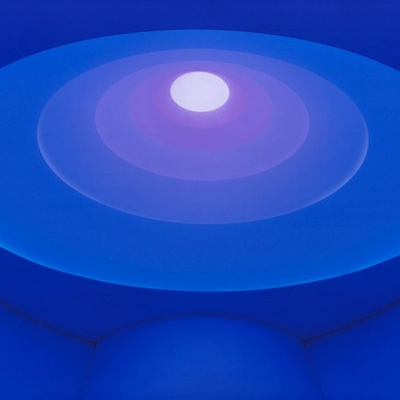
Details
Artist
Styles
Double-sided mezzotint in purple and green (one on each side), on handmade paper, the full sheet rolled and fastened with a single stitch (as issued) // Guggenheim Tondo by Dan Flavin is a mixed media sculpture created in 1992. This piece features a double-sided mezzotint on handmade paper, showcasing purple on one side and green on the other. The sheet is carefully rolled and fastened with a single stitch, maintaining its organic form and texture. Flavin, primarily known for his work with fluorescent light, here uses paper as a medium to explore contrast and form in a more tactile way. The simple, cylindrical shape emphasizes the interaction of color and shadow, evoking a sense of subtle movement within a static form.
Guggenheim Tondo, 1992
form
Medium
Size
15 x 47 X 14 cm
- Inches
- Centimeters
Edition
Price
- USD
- EUR
- GBP
Details
Artist
Styles
Double-sided mezzotint in purple and green (one on each side), on handmade paper, the full sheet rolled and fastened with a single stitch (as issued) // Guggenheim Tondo by Dan Flavin is a mixed media sculpture created in 1992. This piece features a double-sided mezzotint on handmade paper, showcasing purple on one side and green on the other. The sheet is carefully rolled and fastened with a single stitch, maintaining its organic form and texture. Flavin, primarily known for his work with fluorescent light, here uses paper as a medium to explore contrast and form in a more tactile way. The simple, cylindrical shape emphasizes the interaction of color and shadow, evoking a sense of subtle movement within a static form.
What is ‘light and space’?
The Light and Space Movement refers to loosely affiliated art movements connected to minimalism, geometric abstraction, and op art that originated in Southern California in the 1960s. Greatly influenced by artist John McLaughlin, these artists focused on sensory phenomena such as light, perception, and space as central elements of their work. They also incorporated cutting-edge technologies from the aerospace and engineering industries to develop light-filled and sensuous objects, creating immersive experiences that emphasize the viewer's perception.












